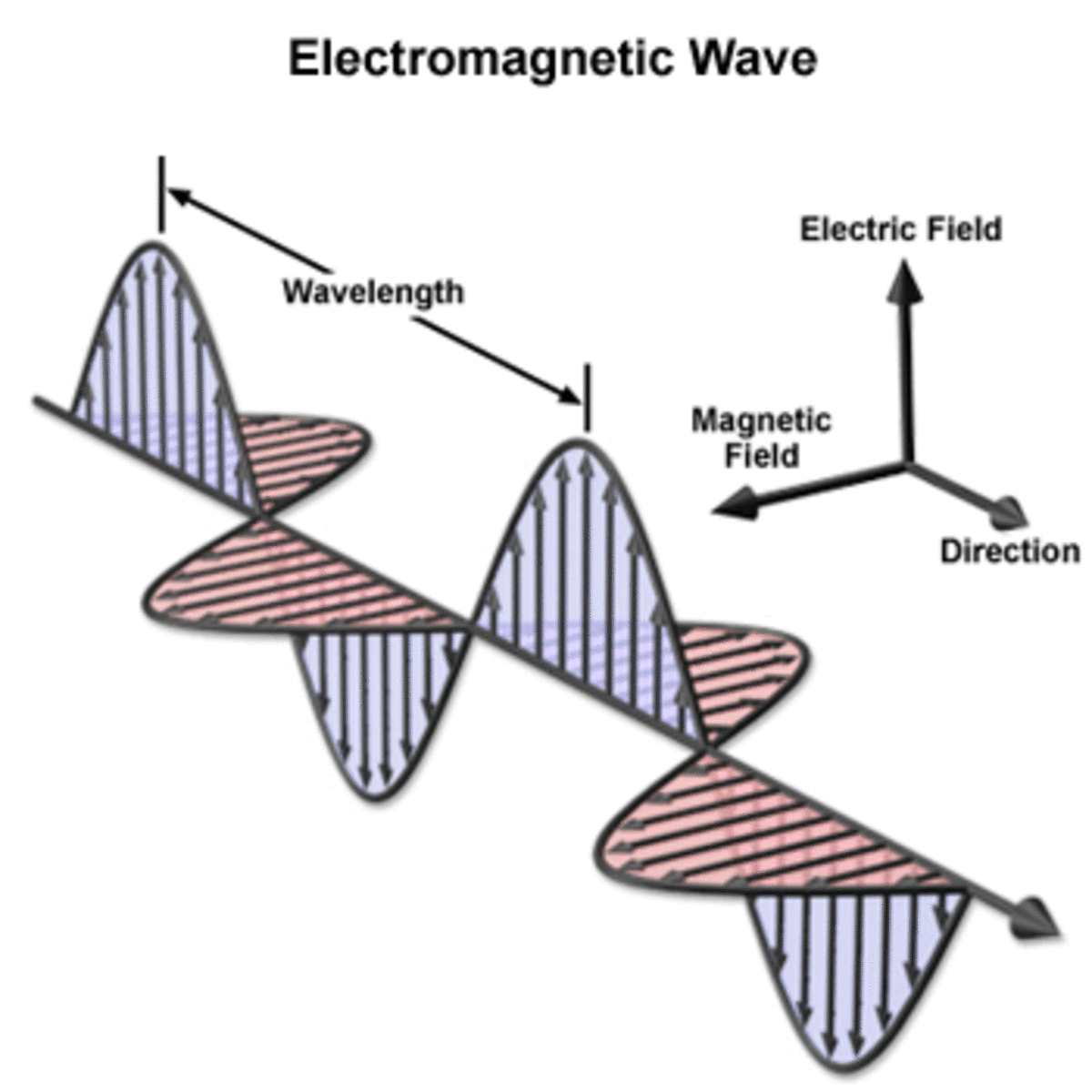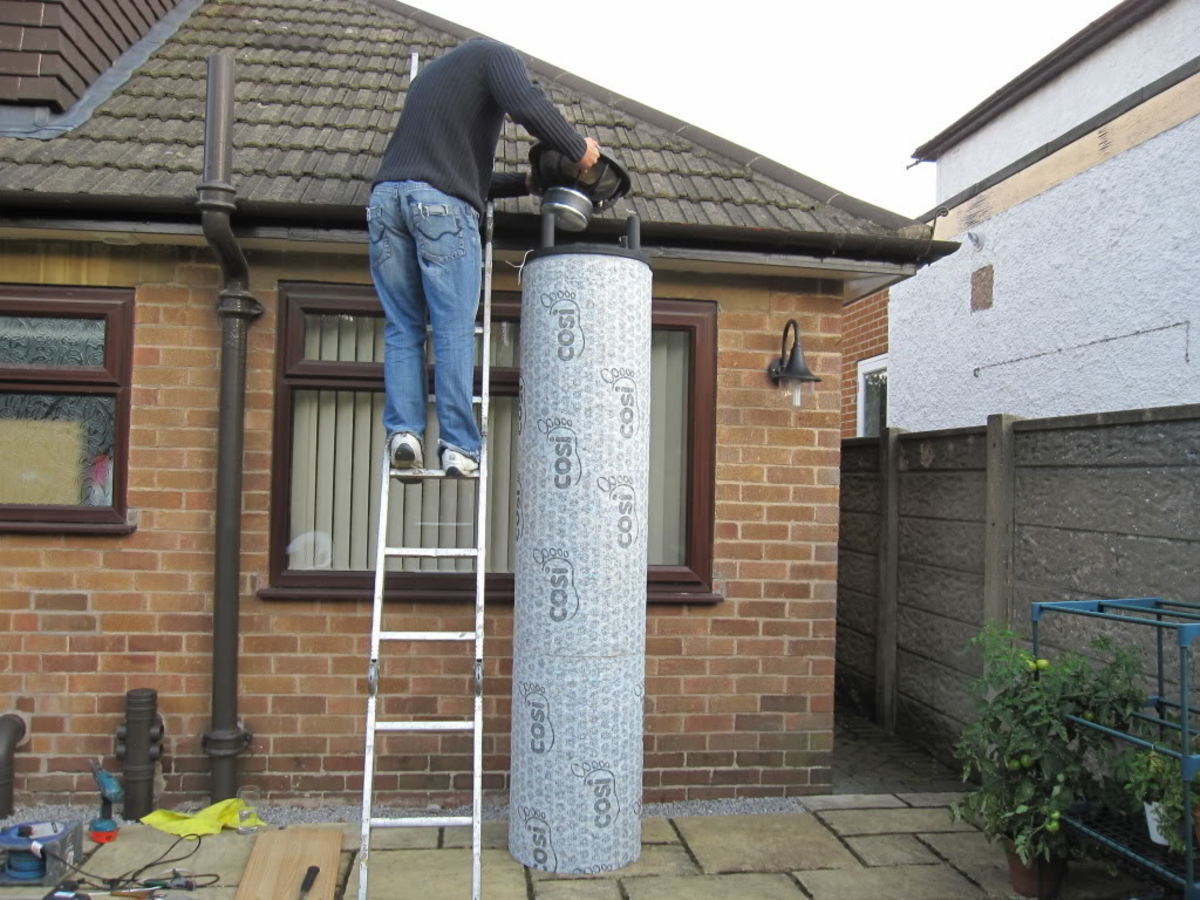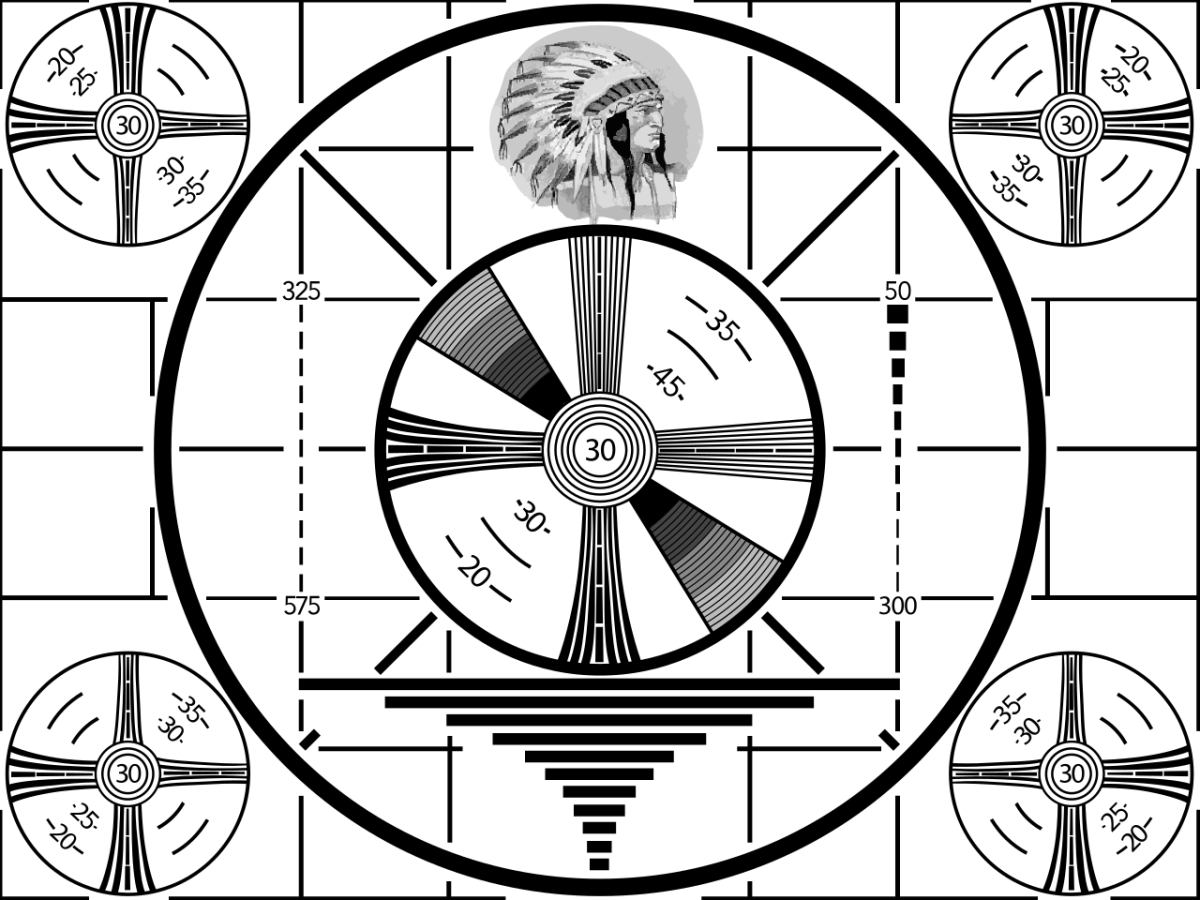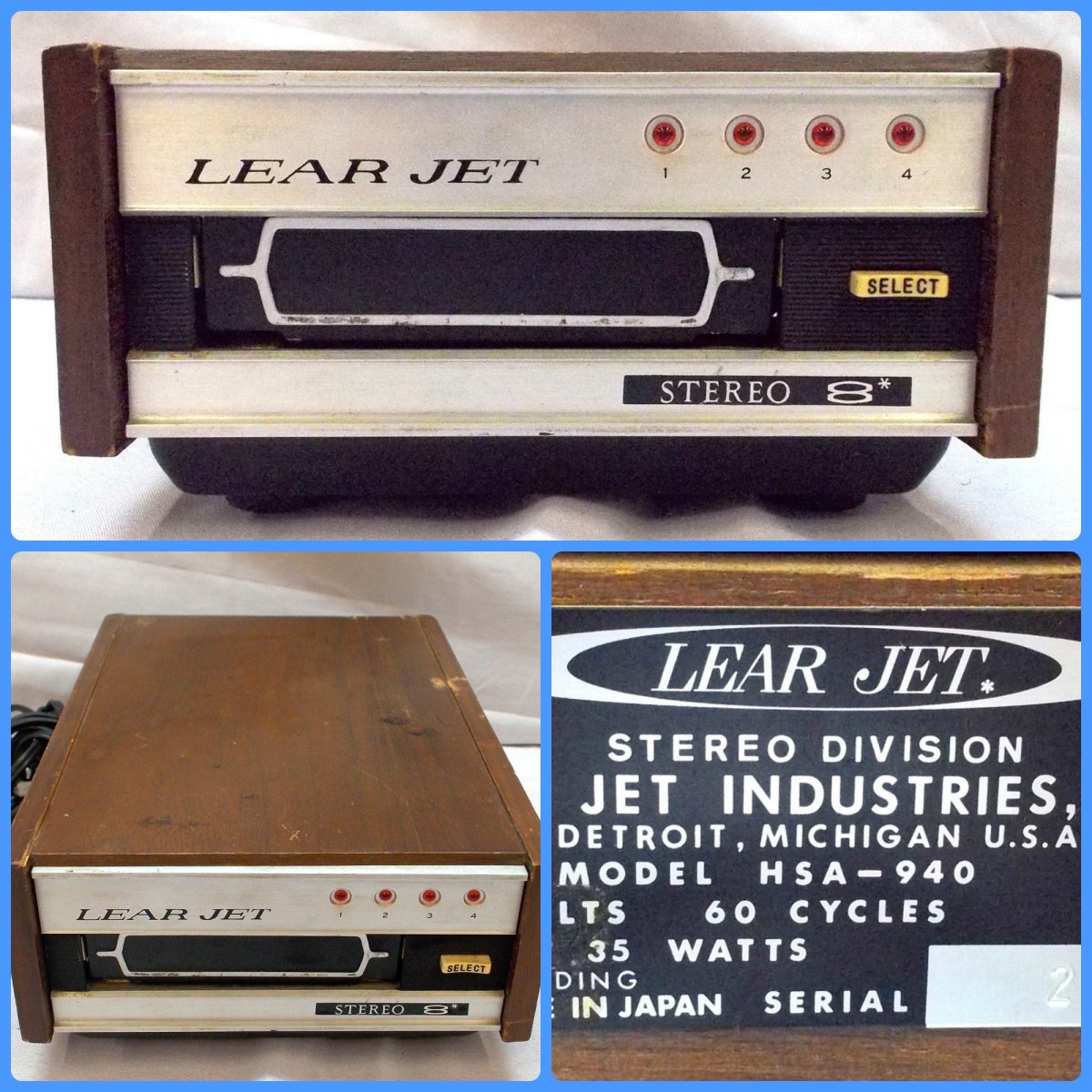When were video tapes introduced?

Video tapes were introduced in the years following the Second World War.
The idea of storing information on magnetic wire was first put into practise by a Dane, Valdemar Poulsen, in 1900, but little was heard about it until the 1 920s when magnetic tapes were made in the United States and Germany.
The recording of most television programs is done on magnetic tape or video tape.
This technique produces good pictures which can be played back immediately without processing. The magnetic tape, two inches wide, is moved at a speed of 15 inches a second past a magnetic recording head which imprints, by means of electrical signals, a magnetized pattern of the sound and picture.
The tape is a band of plastic which has a film of magnetic iron oxide coating—one ten-thousandth of an inch thick—spread over one side of it. When the tape is played back, the changing magnetic fields of the pattern of iron oxide particles create weak currents which exactly correspond to the sound and picture which has been recorded.
Recording enables programs to be re-broadcast or edited. In sports television it is often used for the ‘instant replay’ or reproduction of a particularly interesting event during a live broadcast. Video recording is also employed in slow-motion and stop-action techniques.







